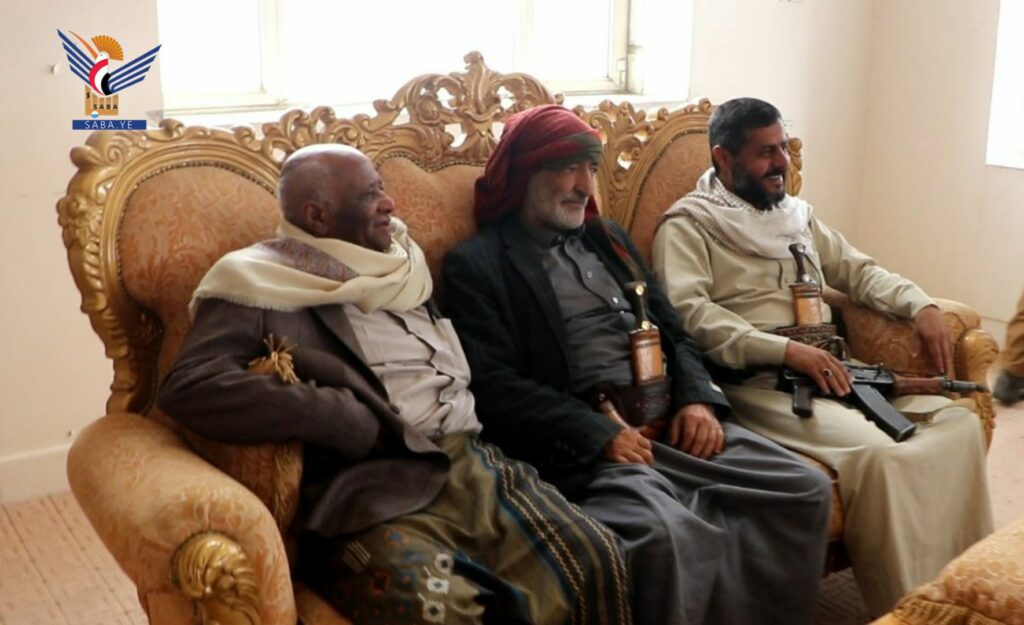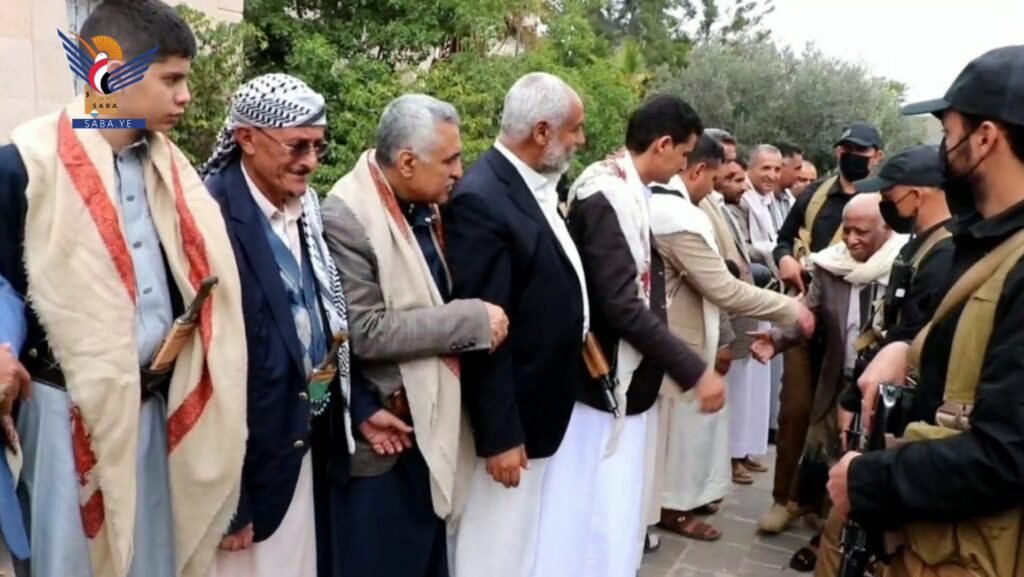Kolkata: Indian boxing superstar MC Mary Kom, who is recovering from an ACL tear surgery, has not given up hope of returning to the ring and said she still has at least three-four years in which she can make a pro career.
Mary Kom, who was heading the oversight committee enquiring into sexual harassment charges against Wrestling Federation of India (WFI) president Brij Bhushan Sharan Singh, remained silent on the ongoing controversy.
Having failed in her attempt to win a second Olympic medal in Tokyo 2020, the six-time world champion sustained a grade-III tear on the anterior cruciate ligament in her left knee during the 2022 Commonwealth Games trials in June last year.
“(The) Injury is much better now. I can walk, run, though not on hard surface. I just started running on (a) tread mill,” Mary Kom told reporters after she was awarded the PC Chandra Puraskaar 2023 here.
“I’m pushing myself. After one month, I’ll be fully fit and recovered. I’ll be ready to fight in the ring in two months’ time,” she said.
Asked whether she will compete at the Asian Games in Hangzhou, Mary Kom said, “This year I’ve a chance to compete in any competition. Next year by force, I’m not eligible.”
Her quest for a second Olympic medal is over as she will turn 40 in November and hence won’t be eligible to compete thereafter in any international championship, including the 2024 Paris Olympics.
‘Nobody can stop me from fighting’
Mary Kom, however, said that while rules can stop her from competing in another Olympics, “nobody can stop me from fighting”.
“By force I’m not eligible to fight in the Olympics because of the age limit. I’m very sorry for that. But I want to continue, keep fighting for another three-four years. I still have that confidence and willpower.
“I’m thinking, I can also become a pro. I’ve that confidence. Nobody can stop me from fighting.”
The boxing legend underwent surgery at a Mumbai hospital in August last year.
Terming it as the worst phase of her career, Mary Kom said she would have preferred “death” to the painful phase.
“It was so painful… I didn’t expect this injury. It was bad luck. It wasn’t a minor injury, but a major grade-III ACL tear. People said I won’t be able to run again, forget (about) fighting. Six months after the operation, there was still unbearable pain that (I) preferred death.
“In my life, I’ve struggled a lot, did hard work… so much that I never cried and took all the pain. But this (recovery) was unbearable. Only once before in my life, I had cried when I had lost my passport and then I attempted suicide, as I did not have the money to apply for a fresh passport,” she recalled.
India made history earlier this year, winning four gold medals (Nitu Ghanghas, Nikhat Zareen, Lovlina Borgohain and Saweety Boora) at the Women’s World Boxing Championships.
In 2006, the quartet of Mary Kom, Sarita Devi, Jenny Lalremliani and Lekha KC had achieved the feat for the first time.
Stay grounded: Mary tells Nikhat and Co
Urging them to stay grounded, Mary Kom said, “Nowadays, whenever one becomes a champion, arrogance, attitude and indiscipline creep in because of money and fame.
“They (boxers) have to guard against it. My uniqueness is that I always love everyone and care for everyone. I’m blessed, which is why I am here. They (young boxers) have to be guided well.”
Asked about India’s medal chances in Paris, Mary Kom said, “Their fate is in their hands. The federation is doing its best. They (boxers) are not lacking anything, everything is being provided. Now, it’s all in the hands of the boxers… how many of them qualify and win medals in Paris.”
Asked about Nikhat, Mary said, “She has been doing well. I just want her to keep doing well and become responsible. There’s a lot of stress, pressure at this level. If, she (Nikhat) handles the pressure well, she will do better. If she’s unable to handle pressure, she will falter. You have to guide them in a proper way.”











